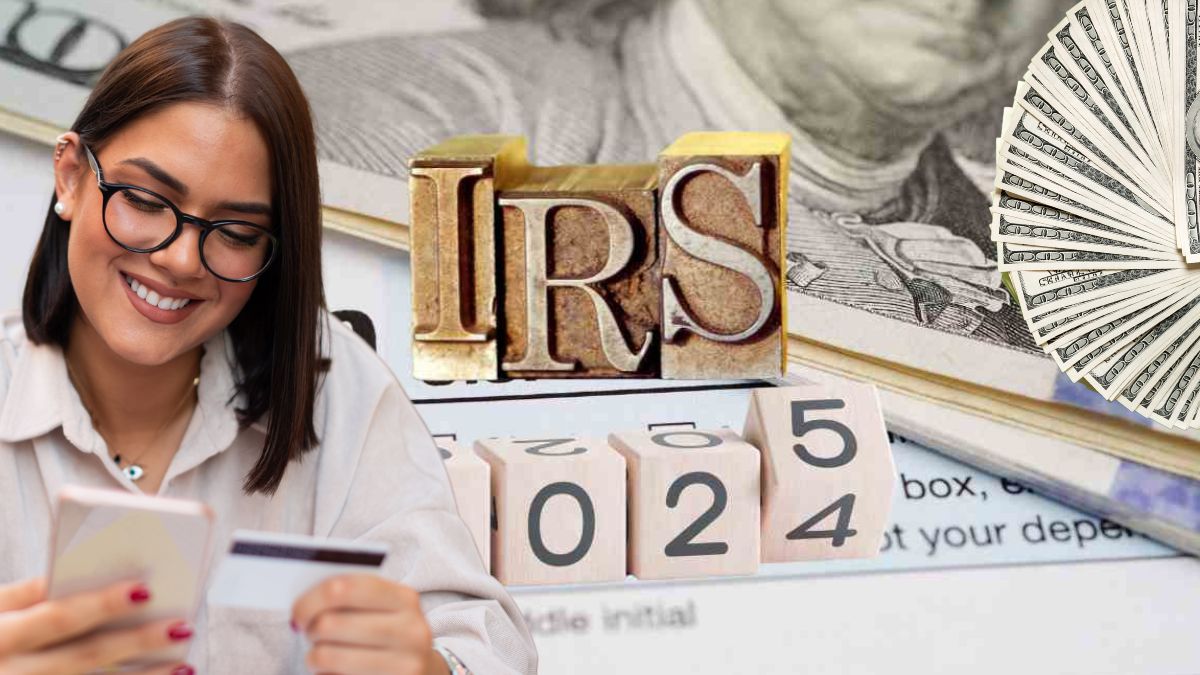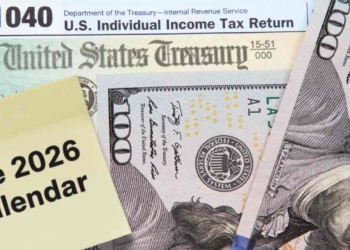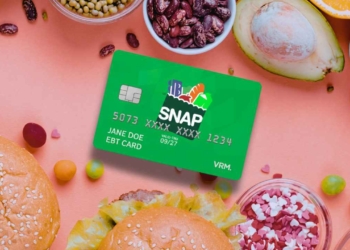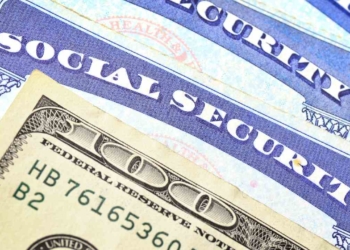Once more, the IRS is going the extra mile to remind taxpayers of the possible tax credits they could be eligible for in the 2025 tax season. Before filing your 2024 tax return, check if you could get money from the Internal Revenue Service.
A recent post from the IRS on X claims that every year, millions of taxpayers don’t claim the Earned Income Tax Credit (EITC). The main reason why they don’t claim this money is because they are not aware of their eligibility.
How to check if you can get the EITC from the IRS
To know if you can get this tax break or not, you can make use of the EITC Assistant. The first thing to take into account is your income. If it is low-to moderate-income, you may qualify for this Earned Income Tax Credit. It does not matter if you are a worker or a family.
The Earned Income Tax Credit can be used to lower the taxes you owe the IRS. Perhaps, it could even increase your 2025 tax refund. Having children can make your EITC go up.
Also, having dependents or a disability can also change the amount of this Internal Revenue Service credit. Members of the clergy or the military need to check the special rules they have to get the EITC.
What do you need to use the IRS EITC Assistant?
The Internal Revenue Service credit recommends having with you all the latest income statements you have. For example, the W-2s and the 1099s. What is more, you will need some documents.
Take with you all the documents that you the amounts of taxes withheld or the money you were paid. If you had any expenses or adjustments to your income, have them ready too.
This IRS EITC assistant will be helpful if you qualify for the Earned Income Tax Credit. It will also help you find out if you have any qualifying relatives or children. Discover the estimated amount of your EITC as well as your filing status too. Visit its official website at: https://www.irs.gov/credits-deductions/individuals/earned-income-tax-credit/use-the-eitc-assistant
Top 10 Tips for Maximizing Your Tax Refund with the EITC
1. Confirm Your Eligibility
- The EITC is designed for low- to moderate-income workers.
- Check the income thresholds and rules for the current tax year on the IRS website to ensure you meet all requirements.
2. Keep Organized Records
- Gather important documents (W-2s, 1099s, etc.) ahead of time.
- Maintain accurate records of your earnings, any benefits received, and other financial details. This can streamline filing and reduce errors.
3. Maximize Your Filing Status
- Choose the correct filing status (e.g., Single, Head of Household, Married Filing Jointly).
- If you’re unsure, consult IRS resources or a professional to see if a particular filing status benefits your EITC claim.
4. Claim All Eligible Dependents
- The EITC often yields a larger refund if you have qualifying children.
- Ensure you only claim children or dependents who meet the IRS’s age, relationship, and residency requirements.
5. Keep Up with Law Changes
- EITC rules and eligibility thresholds can change each tax year.
- Regularly check IRS updates so you don’t miss any new tax credits or modifications that could boost your refund.
6. File Your Return Electronically
- E-filed returns typically process faster, reducing your wait time for a refund.
- The IRS often detects mistakes more quickly with e-filed returns, which may allow you to fix errors sooner.
7. Avoid Common Mistakes
- Simple errors (misspelled names, incorrect Social Security numbers, or math mistakes) can delay refunds or cause your claim to be rejected.
- Ensure each line item is filled out accurately.
8. Use Free or Low-Cost Tax Preparation Help
- Consider free services offered by the IRS such as Volunteer Income Tax Assistance (VITA) or use Free File if you qualify.
- Professional software or a local accounting professional can help you spot additional credits and deductions.
9. Consider Other Applicable Credits
- Child Tax Credit (CTC) or other deductions may also apply if you’re eligible for EITC.
- Combining multiple credits and deductions can significantly increase your overall refund.
10. Opt for Direct Deposit
- Receiving your refund by direct deposit is usually faster and more secure than waiting for a paper check.
- You can split your refund into multiple accounts (checking, savings, or even purchasing savings bonds) if that suits your financial plan.
Disclaimer
This information is provided for general educational purposes and should not be construed as legal, financial, or tax advice. For specific advice related to your unique situation, consult a qualified tax professional or refer to official IRS guidance.







